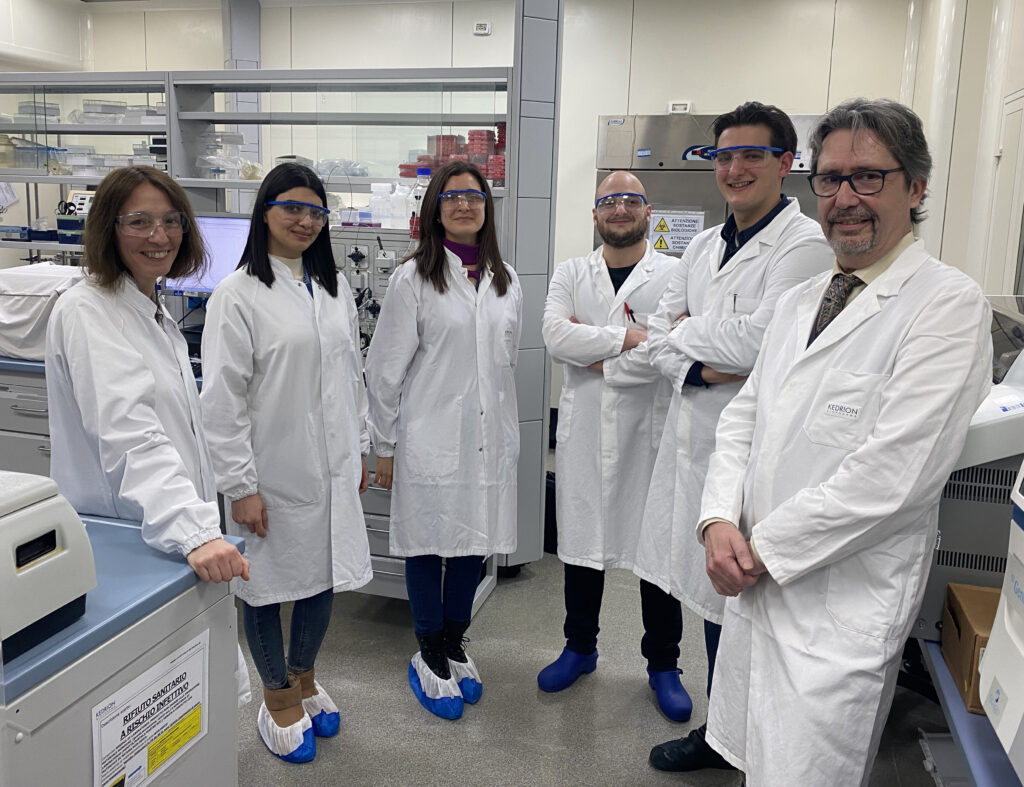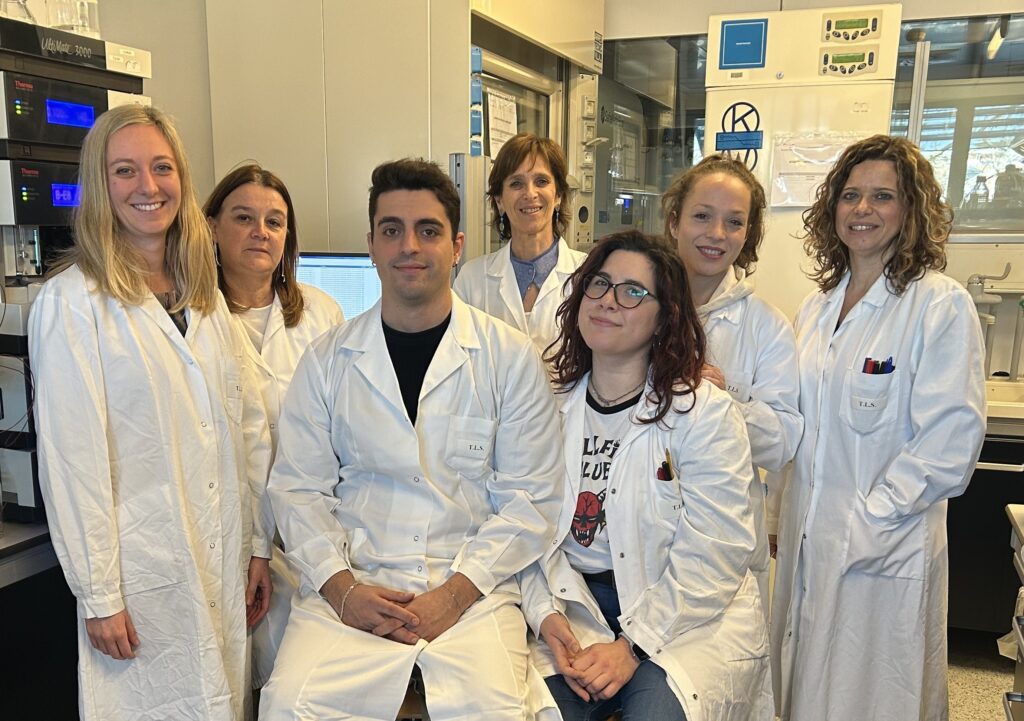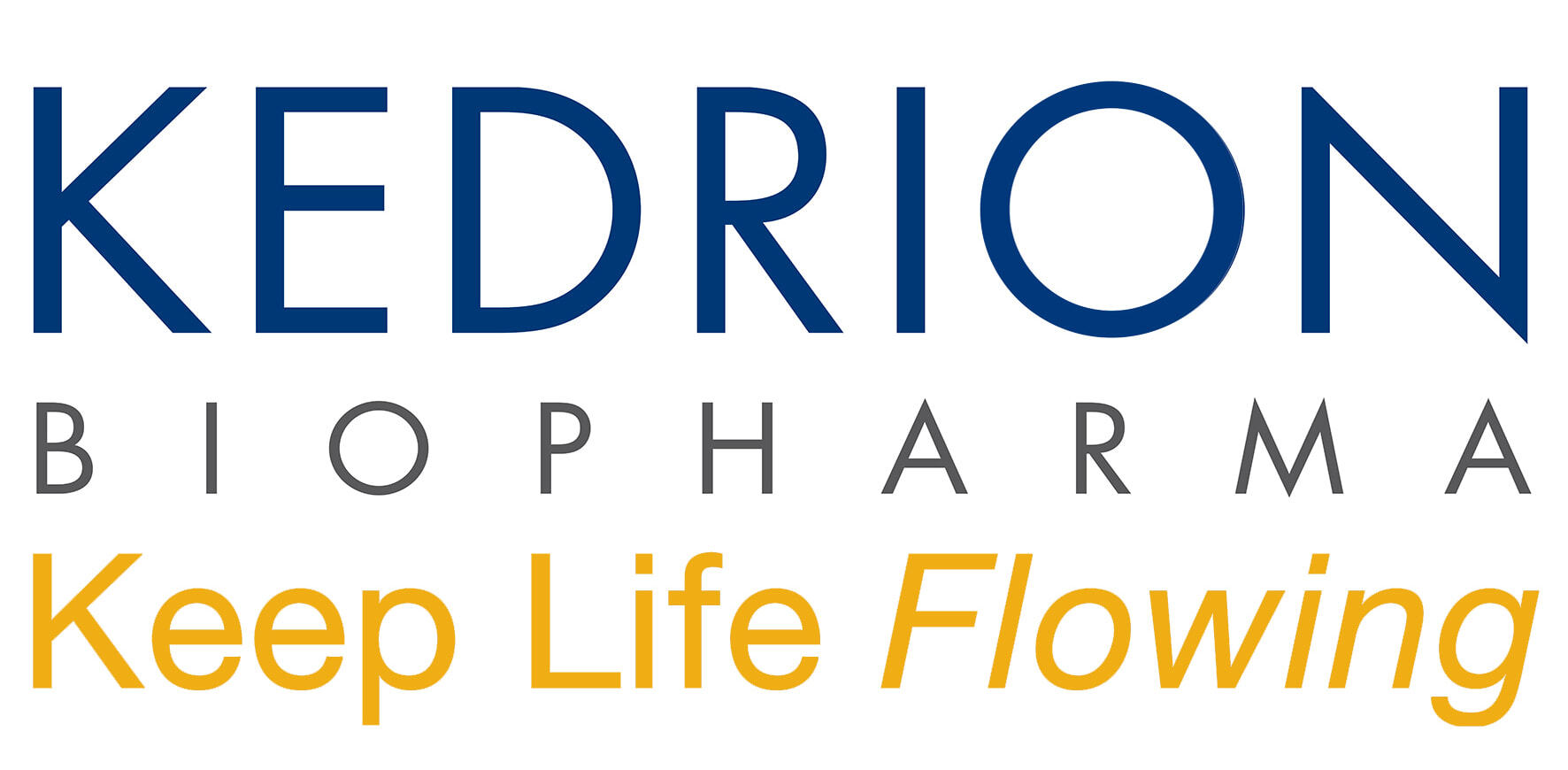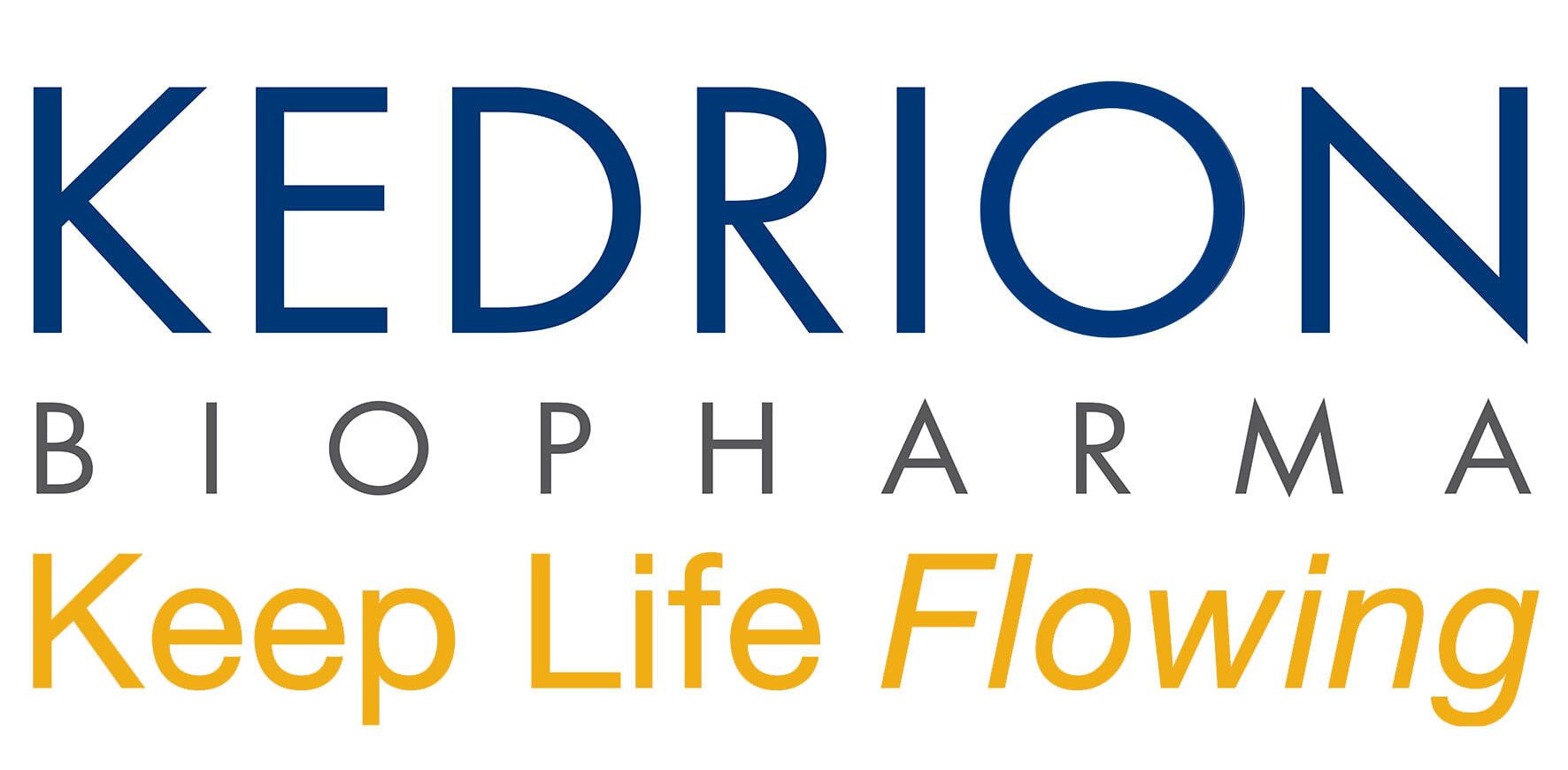Optimizing the use of plasma: a precious biological resource, whose availability is based exclusively on the generosity of donors, with a strategic value for all of Europe and rich in proteins with a therapeutic potential which is still largely unexplored. It is with this goal in mind that Kedrion, together with the Toscana Life Sciences Foundation (TLS), is working on the systematic analysis of all the proteins present in the plasma fractions discarded during industrial plasma processing.
In fact, first phase of this process is called “fractionation” which involves separating the various proteins which will then form the basis of plasma-derived drugs, and which results in the so-called “intermediate pastes.” In fact, a substantial part of these intermediates is not used, except in rare cases.
Hence Kedrion’s idea, starting from 2020, to systematically analyze of all the waste intermediates produced in its plant in Bolognana, in the province of Lucca, Italy, with the aim of fully exploiting the potential of these intermediates from the point of view of developing new therapies for the treatment of rare and ultra-rare diseases.
THE PROJECT UNDERLYING THE RESEARCH
The research work on waste fractions, which was recently published in “Communication Biology,” is the proof-of-concept of a larger three-year project called NATURAL (New therapies for rare diseases from unused intermediates of plasma fractionation) and funded by MIMIT and the Tuscany Region. With this study, the company aims to explore the proteomics of waste intermediates produced in four of its industrial facilities located in Italy, Hungary, the United States and the United Kingdom.
The ultimate goal is to identify the most promising proteins for the development of new protein-based therapies for rare diseases until the preclinical industrialization phase is completed. This will then be followed by the clinical development and registration process.
This activity, coordinated by Kedrion, makes use of TLS’s established expertise in the field of proteomics, and also involves, for specific applications and indications, centers of scientific excellence, both in Italy and internationally.
“This work under the banner of scientific and industrial innovation,” says Andrea Caricasole, Chief Research and Innovation Officer at Kedrion, “testifies to Kedrion’s continued focus on donors and patients. This activity has multiple values: ethics, for the optimization of plasma resources; medical, for the development of new therapies for those who are not currently receiving adequate therapeutic responses; and finally environmental, through the potential reintegration of industrial waste into the company’s production cycle.”
“I’m convinced – he adds – that in research, networking is essential in creating the ecosystem of skills and technologies necessary for the development of complex and innovative projects. Therefore, I’m very proud of the published work which is a virtuous example of partnership between industry and local – in our case, the Tuscany Region – and national centers of excellence.”
THE STUDY
The research conducted by the Toscana Life Sciences Foundation, in partnership with Kedrion and the IRCCS Hospital San Raffaele in Milan, focused on the characterization of the protein heritage of waste plasma fractions, which are of fundamental importance for use and enhancement. This scientific activity, which combined mass spectrometry techniques with data mining, allowed the identification of all the plasma proteins (proteomes) present in the waste fractions, through the application and use of advanced “shotgun proteomics.” Once the hundreds of proteins contained within the waste plasma had been identified, an in-depth and transversal bioinformatic analysis was performed which allowed the proteins to be “prioritized,” in order to select the protein with the best therapeutic potential.
“The study is the result of a historic partnership with Kedrion, with whom the TLS Foundation shares research and development goals, and makes available the technological expertise in mass spectrometry developed by the foundation’s multidisciplinary team over the years, combining mass spectrometry with bioinformatic data processing, which deals with the transversal analysis of a large variety of samples in order to investigate their protein and metabolic profiles,” explains Laura Salvini, Head of Technology Facilities and Manager of the TLS Mass Spectrometry Unit.
“TLS’s commitment to rare diseases is one of the missions of our Foundation, which over the years has carried out a series of coordinated actions, creating and strengthening the network which is also supported by the Tuscany Region,” says Cristina Tinti, Incubation Manager at the TLS Foundation. “This network has also demonstrated its full effectiveness through this important project conducted by Kedrion, with whom TLS has a successful partnership on several fronts. These projects demonstrate that important results can be achieved by bringing together the knowledge and technology platforms of research centers with business development expertise.”
One of the proteins identified by this approach, whose mutations cause an ultra-rare disease with a major neurodegenerative component, has been successfully used by the Proteome Biochemistry Unit, coordinated by Massimo Alessio of IRCCS Hospital San Raffaele for enzyme replacement therapy in the preclinical model of this disease, thus demonstrating the validity of this approach for the development of therapies for rare genetic diseases.



